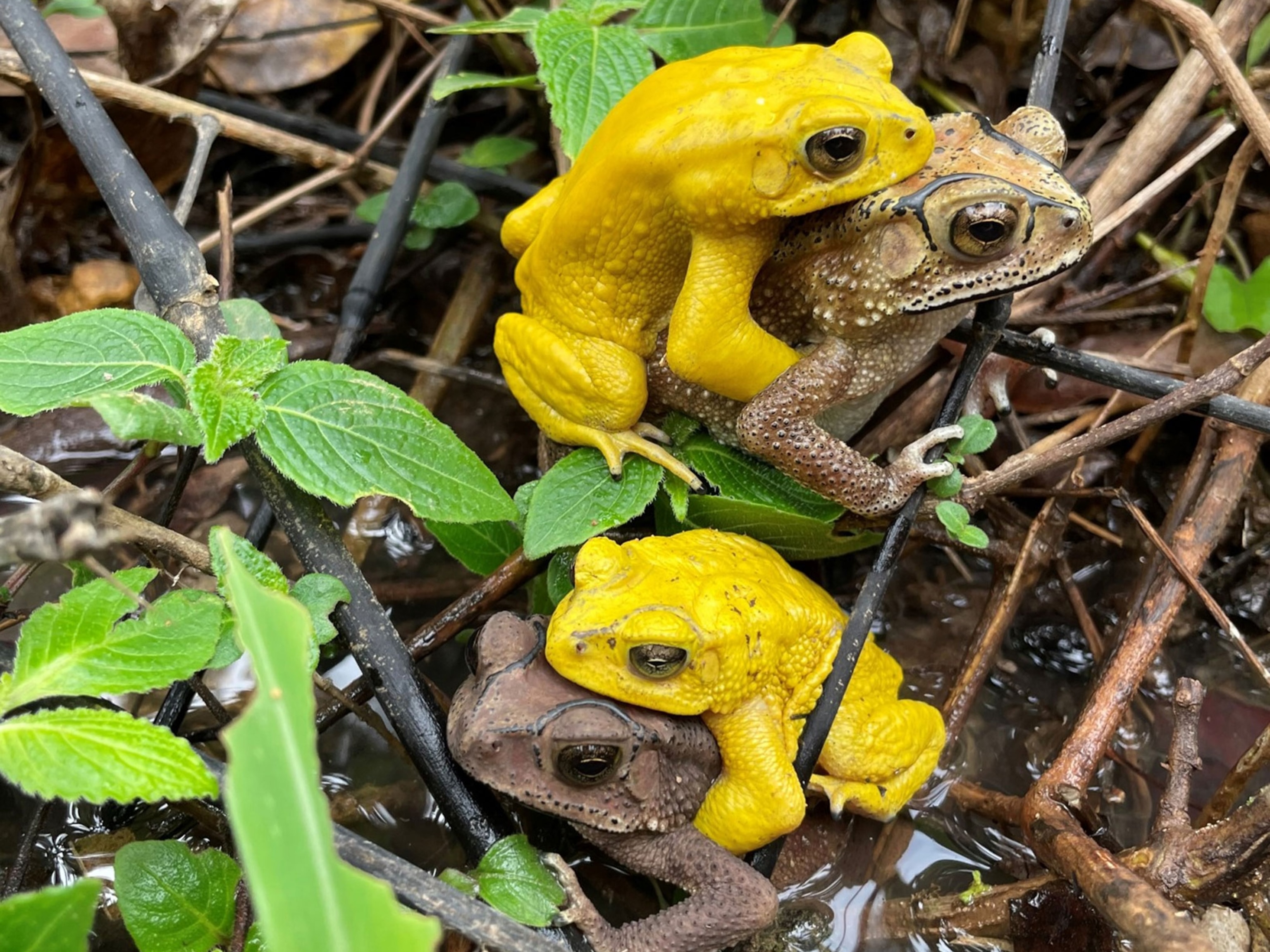1 of 9
Photograph courtesy Jeremy Monroe, Freshwaters Illustrated
Pictures: U.S. Frogs Deformed by Parasite Infections
See how a parasite passed from snail to frog in the western U.S. can cause "grotesque" malformations such as extra hind limbs.
August 3, 2011













